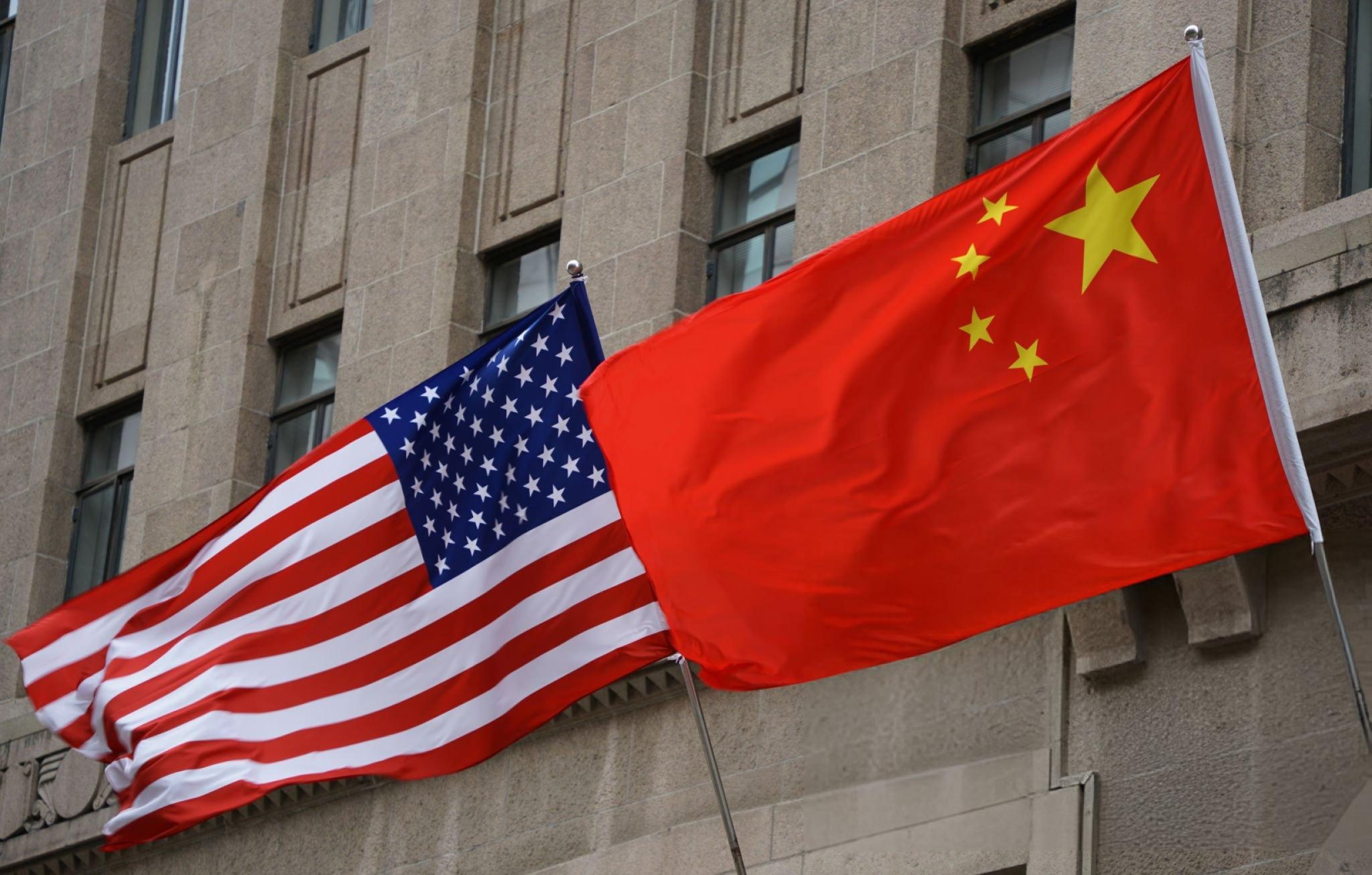Ever since the United States emerged as a global leader following World War II, its leaders have been haunted by periodic fears of national decline and the rise of formidable rivals. This anxiety has often been sparked by geopolitical and economic challenges, from the Soviet Union’s 1957 launch of Sputnik to the perceived industrial supremacy of Japan in the 1980s. Even in 1992, just as the Soviet Union crumbled, questions about America’s future lingered.
Today, those familiar anxieties have returned, driven by two pressing concerns: vulnerabilities within the U.S. democratic system and the surging power of China. Both challenges are rooted in reality, and together they paint a complex picture of America’s standing in the world.
A faltering democracy
Domestically, Americans express deep disillusionment with their democratic institutions. While the sources of discontent vary across political lines, the overall sentiment is clear: the American dream is faltering. According to a Gallup poll conducted in October 2023, three-quarters of Americans reported dissatisfaction with their country’s trajectory. Political polarisation, legislative deadlock, and persistent inequality have eroded faith in governance, leaving many questioning whether democracy can still deliver on its promises.
This internal malaise amplifies the perception of decline, fuelling fears that the United States may no longer possess the cohesion or resolve to compete on the world stage.
China’s meteoric rise
Simultaneously, China’s ascent continues to unsettle Washington. Over the past three decades, China has transformed itself into the “factory of the world,” dominating global manufacturing and achieving significant breakthroughs in advanced technologies. In 2023 alone, China accounted for nearly 60 per cent of global electric vehicle production, 80 per cent of battery output, and over 95 per cent of the wafers used in solar energy technology.
China’s achievements extend beyond manufacturing. It has added 300 gigawatts of wind and solar power to its energy grid in a single year—seven times the amount added by the United States. The country also maintains a commanding position in the mining and refining of critical minerals, essential for modern technologies, and boasts world-class infrastructure, including the largest high-speed rail network and state-of-the-art 5G systems.
The military balance
China’s military advancements have been equally striking. Over the past three years, it has produced over 400 modern fighter jets, unveiled a stealth bomber, and demonstrated cutting-edge hypersonic missile capabilities. The country has doubled its missile stockpile and is reportedly manufacturing weapons five to six times faster than the United States.
This rapid modernisation has alarmed U.S. policymakers, particularly as the American defence industry struggles to meet rising demands. As military analyst Seth Jones noted, China’s ability to amass advanced weaponry at an unprecedented pace highlights a growing disparity that could shift the global balance of power.
Lessons from history
While concerns about rivals are not new, history suggests that America’s response to perceived decline often determines its trajectory. In the 1960s, the U.S. used the Soviet Union’s advancements as a catalyst for its own progress, leading to the Apollo moon landing and significant technological innovations. Similarly, fears of Japan’s economic dominance in the 1980s spurred investments in research and development that helped sustain American leadership in critical industries.
Yet, today’s challenge is distinct. China’s rise is not merely economic or military; it is comprehensive, encompassing diplomacy, infrastructure, technology, and soft power. Moreover, the internal divisions within the United States make a unified response more challenging.
The path forward
To address the dual challenges of internal dysfunction and external competition, the U.S. must adopt a strategy rooted in self-awareness and adaptability. Strengthening democratic institutions, investing in education and infrastructure, and fostering innovation will be critical. Recognising China’s strengths and understanding its ambitions are equally vital.
Competition with China need not be a zero-sum game. By focusing on its own renewal, the United States can reclaim its leadership role and demonstrate the enduring appeal of democratic values.
Ultimately, as the ancient strategist Sun Tzu advised: “Know your enemy and know yourself, and you will not fear the result of a hundred battles.” For the United States, the key lies in not only knowing its rival but also rediscovering its own strengths.






